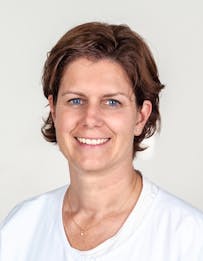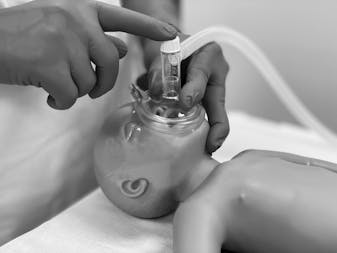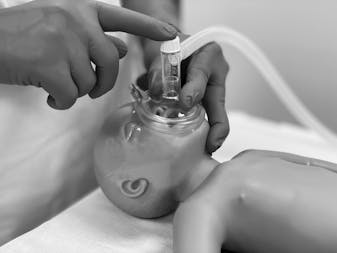In Switzerland, TH has been offered since 2005 according to a TH protocol4). A retrospective analysis of all cooled infants showed that passive cooling is the most common cooling method in Switzerland and that neuromonitoring with cerebral MRI and amplitude EEG during cooling and thereafter is not applied uniformly and thus could be improved4). Furthermore, passive cooling showed the highest variability in temperature compared to active cooling. So far, no prospective systematic data recording or follow-up assessment has been undertaken for cooled infants born in Switzerland. Therefore, to improve clinical management and provide standardized long-term follow-up assessments of children with HIE, a National Asphyxia and Cooling register was established in 2011. This register enables the evaluation of the efficacy of TH in Switzerland, ensures a safety control of applied cooling methods, allows comparing neurodevelopmental outcome depending on different cooling methods and in comparison with published outcome data.
National Asphyxia and Cooling Register in Switzerland


